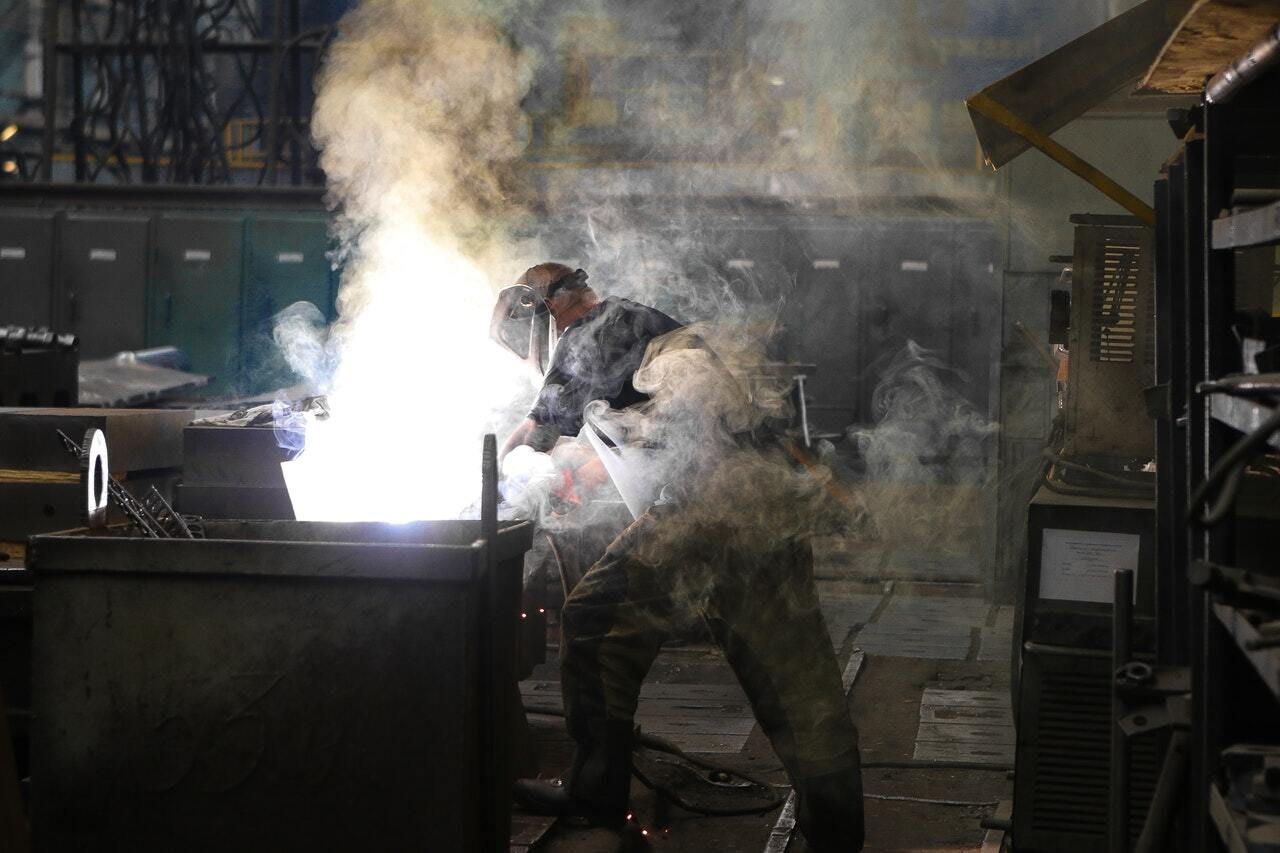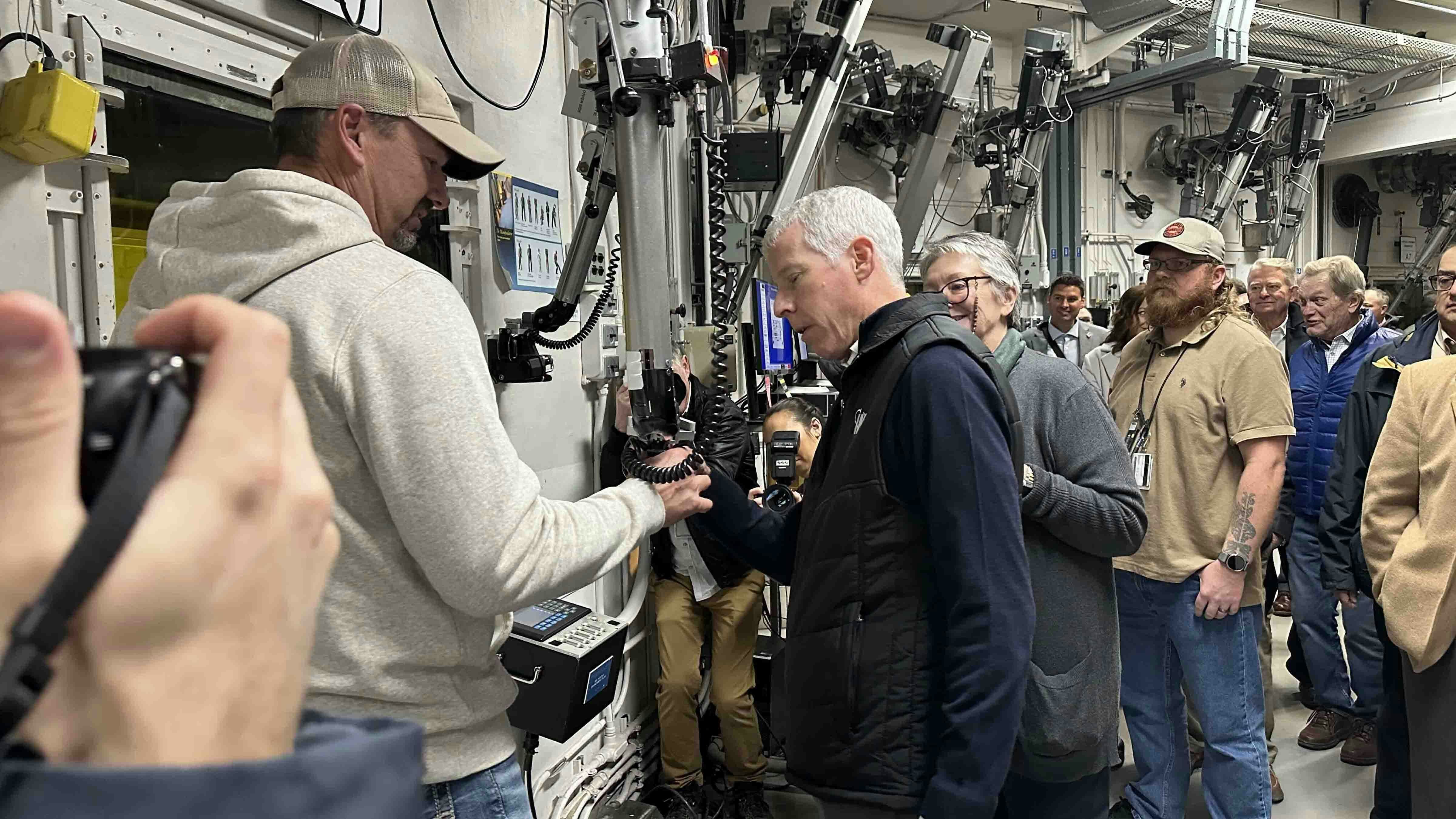Business and government leaders around the Wyoming are scrambling to make sure Wyoming workers remain Wyoming workers as the jobs in the coal industry subside.
In 2016, nearly 7 percent of the state workforce was employed in the extractive energy sector, which includes coal, according to the U.S. Department of the Interior. But with Blackjewel’s recent layoff of nearly 600 people, the state will feel the shockwaves on multiple fronts. The immediate issue is figuring out how to re-employ displaced workers. The good news is skilled trade workers are in more demand than many may think, according to some officials around the state.
Rick Mansheim, manager for state Workforce Centers in Gillette and Newcastle, has been in the front lines of trying to get the miners back to work. He said he has heard that more than 100 miners may have found new jobs, but his organization has no way to know the exact number.
“We have a whole gamut of training we can do,” Mansheim said.
He said that some of the Blackjewel employees are taking commercial driver’s license and other college classes. He added that in the past, his offices have also been able to help people into the nursing and welding fields.
After Blackjewel’s two mines closed, the Gillette and Newcastle Workforce Centers held information sessions at the Gillette College Technical Education Center that attracted more than 300 people from the mines. The centers also held career fairs with employers from the region that attracted nearly 500 job seekers.
Help wanted in the trades
Mansheim said many companies heard of the layoffs and reached out to him directly looking to fill the void of trade workers.
State Rep. Mike Greear, R-Gillette, said the state needs more trade workers. Greear is the co-chair of the Legislature’s Minerals, Business and Economic Development Committee and also the president and CEO of Wyoming Sugar.
As a CEO, Greear said he cannot recruit skilled workers. They just aren’t there. So he must develop and continuously look for them. He said he has heard similar stories from other businesses in the state.
“I think it is an unintended consequence of the Hathaway (scholarship) program, which is a wonderful program,” Greear said.
He said many young people have chosen to pursue a college education rather than enter the trade sector.
As a company president, he is soliciting high school students and offering them trade jobs with possible future opportunities that include welding or machinist certifications for those who would like to remain in their communities.
But he can only do so much as a business leader. As a state leader, he is also limited.
“The Legislature can do good things—it can set policy, it can help guide us over some bumpy roads, but in the end, it’s got to be up to the industry to be able to attract them,” Greear said. “The government can’t do everything for everyone.”
The disappearing coal job
For those workers who want to remain in their communities, finding coal jobs is going to be more difficult as the industry slows and transforms.
Economist Rob Godby, director for the University of Wyoming’s Center for Energy Economics and Public Policy, doesn’t see coal magically rebounding anytime soon because technology and the free market will naturally reduce coal’s demand.
“Coal is in real decline,” Godby said. “The (Blackjewel) bankruptcy this summer has demonstrated how disruptive that can be.”
Godby said he expects renewable energy sources such as wind and solar to become the dominant providers of energy in the future because of policy changes with climate change and technological advances that make renewable energy production more efficient.
Greear acknowledged renewables are part of an overall portfolio for energy, but they are often erroneously blamed for the decreasing coal demand.
“The real driver of coal moving out of being the more attractive option is low natural gas prices—plain and simple,” Greear said.
He added that as coal’s share of energy production has declined, the share provided by renewable energy has increased. But renewables have revealed some reliability issues, according to Greear, so he sees natural gas as a more stable source of energy.
Godby said technology is to blame for cheaper natural gas, which he calls “the largest factor to coal’s decline.”
In addition, Godby said technological advances in natural gas production and renewable energy production have caused coal to lose its market share prominence. The impact will not likely reverse, he said.
“You can’t put those technologies back…you can’t put those genies in a bottle,” Godby said. “Once they are invented, they are really hard to forget. Technological progress happens all the time. It’s disruptive, and old technologies are replaced by new ones.
“Nobody’s building the coal-fired power plants,” Godby continued. “So eventually they are going to age out, be retired. And they are not being replaced with other coal-fired power plants.”
Diminished local dollars from coal
Fewer coal-fired plants mean less revenue for the state and towns.
Coal production in Wyoming has declined 22.6 percent in last five years, 29.7 percent in last the 10 years, and 34.8 percent since its booming peak of 2008, according to the Wyoming Mining Association.
Coal is the second largest source of tax revenue to state and local governments, according to the WMA, with about $1 billion in tax revenue paid every year.
But the reality is that coal may not always be able to pay the bulk of the government’s bills—at least not in its current state.
Greear said state and local governments have some time to prepare for a downturn in revenues.
While coal-fired plants are shutting down, supply projections suggest production of 240 million to 260 million tons for the next 10 years.
Although Greear expects a slow, steady decline in production, he doesn’t count coal out of Wyoming’s revenue stream entirely.
Greear said there is demand for Powder River Basin coal among some Asian countries. However, efforts to build coal terminals in Washington that would allow shipments to Asian countries have failed.
Godby said even if the terminals were built, they wouldn’t likely be a long-term solution to the coal industry’s woes and may just prolong its demise.
He added even though a prolonged death may still be economically beneficial to the state in the short-term basis, the long-term outlook may not be positive.
“It’s far from guaranteed that the developing world is going to stick to coal for quite a while,” Godby said. “It is also the case that countries like China and others are turning to renewables and natural gas much more quickly than people expected.”





